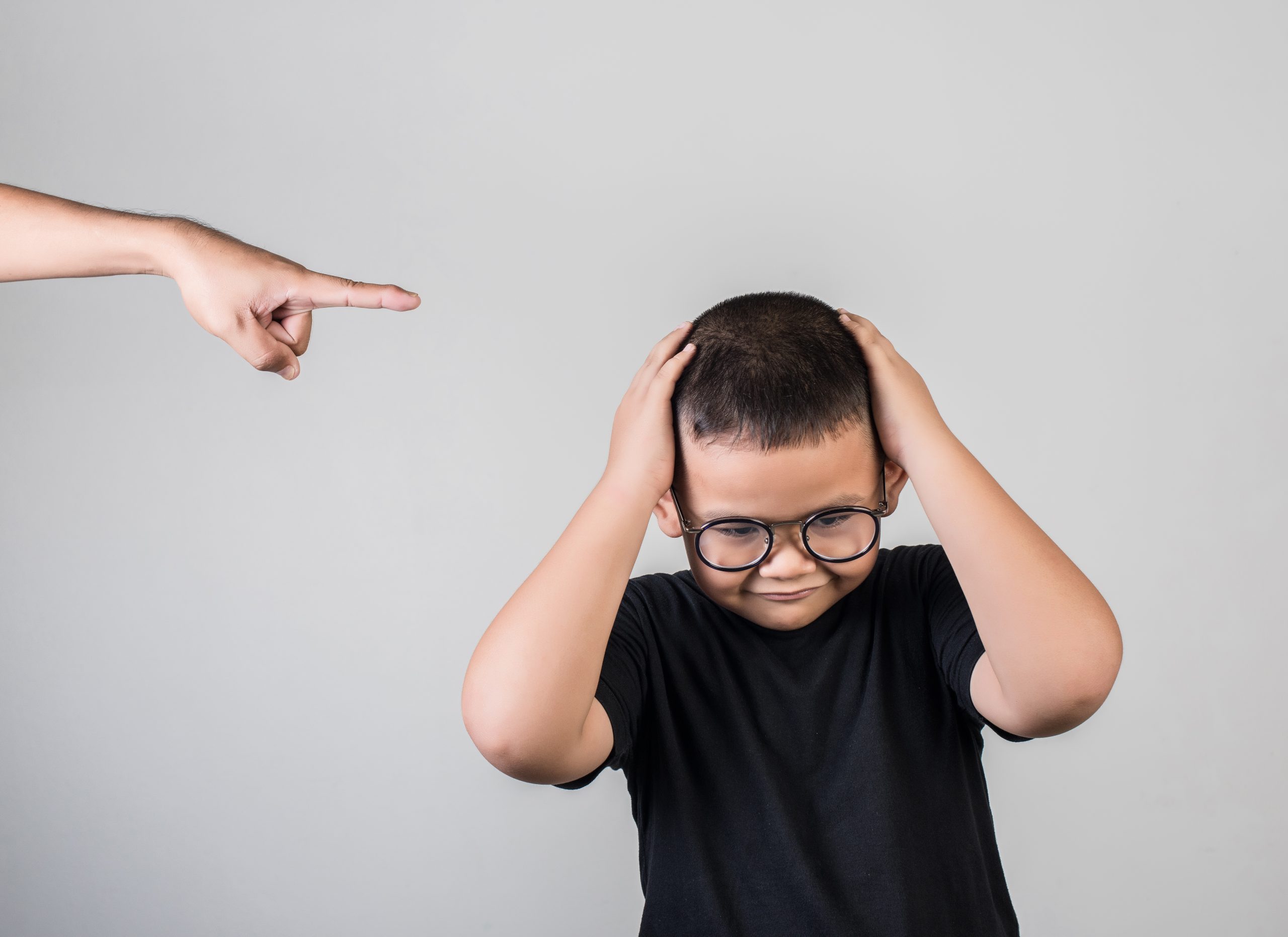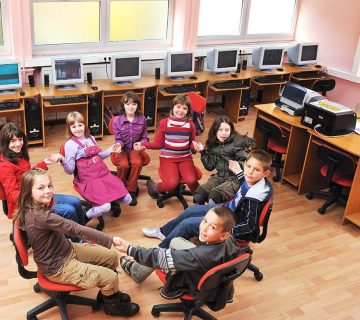Introduction
Discipline and punishment are often used interchangeably, but they are not the same. Discipline means to teach—it comes from the Latin disciplina, which is about instruction, guidance, and learning. Punishment, on the other hand, is about imposing suffering as a consequence of wrongdoing. While punishment may yield immediate compliance, it rarely promotes long-term understanding, empathy, or internal self-regulation.
More and more parents today are asking: Can I discipline my child without resorting to punishment? The answer is yes—and doing so doesn’t mean being permissive or giving up boundaries. Instead, it means using intentional strategies to teach responsibility, emotional intelligence, and self-discipline through respectful communication and firm, compassionate leadership.
This paper explores why traditional punishment often falls short, the principles of non-punitive discipline, and practical tools to guide children’s behavior effectively.
The Problem With Punishment
- It Teaches Fear, Not Understanding
When children are punished—especially through yelling, spanking, or harsh consequences—they may learn to obey out of fear, not because they understand why their behavior was harmful. This suppresses behavior temporarily but doesn’t promote internal self-control.
- It Damages Trust and Connection
Punishment can create emotional distance between parent and child. Instead of feeling safe to admit mistakes and seek guidance, children may become secretive or rebellious.
- It Misses the Root Cause
Punishment focuses on the behavior itself, not the underlying emotion, skill gap, or unmet need driving the behavior. Without addressing the cause, the problem often resurfaces.
What Discipline Without Punishment Looks Like
Discipline without punishment focuses on teaching, empathy, and guidance. It relies on boundaries, not threats—connection, not control.
Key goals include:
- Helping children understand the impact of their actions
- Teaching them to repair mistakes and try again
- Building emotional regulation and problem-solving skills
- Strengthening the parent-child relationship
Let’s explore how to make this work in real-life situations.
- Start With Connection Before Correction
Children are more receptive to guidance when they feel connected. A strong relationship is the foundation of effective discipline.
Try:
- Getting down to eye level
- Using a calm, warm tone
- Starting with empathy:
“I can see you’re upset. Let’s figure this out together.”
Connection doesn’t mean excusing bad behavior—it’s what makes the correction land effectively.
- Set Clear, Respectful Boundaries
Non-punitive parenting is not permissive parenting. Children need limits—they feel safer and thrive within predictable structure.
Key strategies:
- Use “when-then” phrasing:
“When you put away your toys, then we’ll go outside.” - Be calm and consistent:
“Hitting is not okay. If you’re angry, you can use your words or ask for help.” - Follow through without anger:
“If you keep throwing the food, I’ll take your plate away until you’re ready to eat calmly.”
The goal is to hold the boundary without blame or shame.
- Use Natural and Logical Consequences
Rather than arbitrary punishments, let the child experience the natural or logical results of their actions—within reason and safety.
Examples:
- If they forget their homework, they experience the teacher’s reaction.
- If they spill their drink, they help clean it up.
- If they speak rudely, they pause the conversation until they can speak respectfully.
These consequences teach accountability without power struggles.
- Teach Problem-Solving and Repair
Every misbehavior is a chance to build new skills. After the emotional storm has passed, revisit the incident calmly.
Use these steps:
- Reflect: “What happened?”
- Identify the feeling: “How were you feeling when you did that?”
- Explore impact: “How do you think that made your sister feel?”
- Teach repair: “What could you do to make things right?”
This helps children take responsibility and make better choices next time.
- Use Time-Ins, Not Time-Outs
Traditional time-outs can feel isolating or punitive. A more effective approach is the time-in—a pause to calm down together.
Try:
- Saying: “You’re having a hard time. Let’s take a break together to calm your body.”
- Creating a “calm corner” with pillows, books, or calming tools
- Staying close while your child regains control
This teaches emotional regulation rather than suppressing emotion.
- Model the Behavior You Want to See
Children learn more from what we do than what we say. Show respect, honesty, and self-control in your interactions. Apologize when you make a mistake.
Saying:
- “I was really frustrated earlier, and I yelled. I’m sorry. I’m working on handling my big feelings better.”
…shows your child that everyone can learn and grow.
Real-Life Scenarios: How It Looks in Action
Scenario 1: Your child hits their sibling.
Instead of: “Go to your room! You’re grounded!”
Try:
- “I won’t let you hurt your brother. Let’s take a break and calm down.”
- Later, say: “Can you tell me what made you so upset? How can we handle that differently next time?”
- “What could you do to make things right with your brother?”
Scenario 2: Your child refuses to clean their room.
Instead of: “No screen time for a week!”
Try:
- “Your room needs to be clean before you watch a show. Let’s figure out a plan together.”
- Offer choices: “Do you want to clean up now or after dinner?”
This keeps you in the role of guide, not enforcer.
Benefits of Discipline Without Punishment
- Better Behavior Over Time
Children who are treated with respect are more likely to cooperate and internalize rules. They learn self-discipline, not just compliance.
- Stronger Parent-Child Relationship
Your child sees you as a safe and trusted guide, not a threat. This builds long-term trust and openness.
- Emotional Intelligence
By focusing on emotion, impact, and repair, you teach your child empathy, problem-solving, and how to handle difficult feelings.
Common Misconceptions
“But won’t they walk all over me?”
Not if you’re consistent. Respectful parenting still includes firm limits—it just avoids fear-based control.
“Doesn’t punishment prepare them for the real world?”
Actually, the “real world” often uses natural consequences, collaboration, and accountability. Jobs, relationships, and community thrive on emotional intelligence—not punishment.
When to Seek Support
If your child frequently struggles with aggression, defiance, or emotional dysregulation, you may benefit from:
- Parenting coaches or classes (e.g., Positive Discipline, Hand in Hand Parenting)
- Family therapy
- Developmental assessments (to rule out ADHD, autism, trauma, etc.)
Discipline works best when it fits your child’s individual needs and brain wiring.
Conclusion
You can absolutely discipline your child without punishment. In fact, non-punitive discipline is often more effective in promoting long-term cooperation, empathy, and resilience. It’s not about being soft—it’s about being strong in the right way.
Discipline without punishment isn’t always easy. It requires patience, emotional regulation, and a willingness to reflect on your own habits. But the payoff is worth it: a home where mistakes are met with understanding, boundaries are held with kindness, and children grow into responsible, compassionate human beings.







